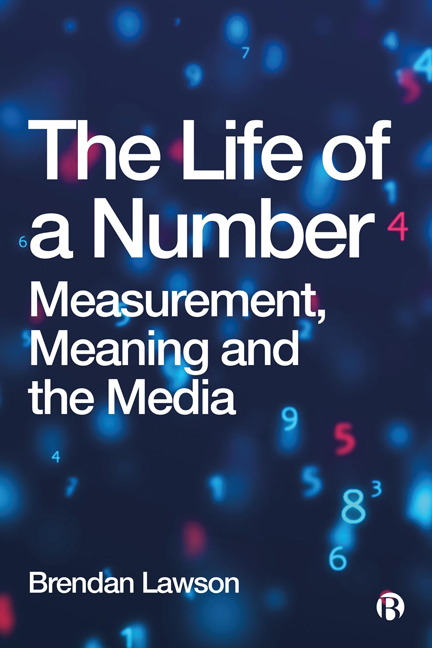Book contents
- Frontmatter
- Dedication
- Contents
- 1 Introduction
- 2 Data Bounds Are Reinforced by Policy
- 3 Quantitative Realism Underpins Data Bounds
- 4 Quantitative Realism Is Mathematical and Abstract
- 5 Desire for Data Bounds Underpins Quantitative Realism
- 6 Data Bounds Are Emotive
- 7 Data Boundaries Are Drawn Within Historical Norms
- 8 Critically Engaging with Data Bounds
- Afterword
- Notes
- References
- Index
3 - Quantitative Realism Underpins Data Bounds
Published online by Cambridge University Press: 18 January 2024
- Frontmatter
- Dedication
- Contents
- 1 Introduction
- 2 Data Bounds Are Reinforced by Policy
- 3 Quantitative Realism Underpins Data Bounds
- 4 Quantitative Realism Is Mathematical and Abstract
- 5 Desire for Data Bounds Underpins Quantitative Realism
- 6 Data Bounds Are Emotive
- 7 Data Boundaries Are Drawn Within Historical Norms
- 8 Critically Engaging with Data Bounds
- Afterword
- Notes
- References
- Index
Summary
If it was possible to locate a ‘start’ to the pandemic in the UK, then most people would point to the end of January 2020. This was when the first two officially confirmed cases of coronavirus were found in North Yorkshire, a county in northern England. The Guardian covered the contact tracing effort by Jeremy Hunt – a Conservative politician and chair of the Health and Social Care Select Committee – and Public Health England. They led with the headline ‘Hunt begins search for “close contacts” of the two UK coronavirus cases’ (Boseley and Walker, 2020).
There is a capital ‘p’ Political chapter that could be written here. It might emphasize the failures of the UK government to identify the scale of the threat posed by a virus that had forced China to place millions into lockdown measures just over a week before. If this argument seems an unfair one to level at the government at the end of January 2020, then it is one that holds more weight when we consider that widescale government intervention was not enacted until 16 March. But the point about government inaction and ineptitude has been well documented in the popular press, academic literature and investigative journalism (Calvert and Arbuthnott, 2021).
So, this chapter takes a different approach. It focuses on the ‘close contacts’ element of The Guardian headline. It examines international scientific and public health literature up to January 2020. The chapter shows that ‘close contact’ is defined as being within two metres of an infected person for 15 minutes or more. In outlining the history of these two parameters – two metres and 15 minutes – the chapter shows that having such a simple binary of ‘more dangerous’ and ‘less dangerous’ sits at odds with the unimaginable complexity of the phenomenon of transmission. Despite this, this one-sizefits-all definition of ‘close contact’ was consistently used in public health messaging. This speaks to the power of numbers to make the unknown known, establishing quantitative realism even when reality is evasive (Desrosieres, 2002).
- Type
- Chapter
- Information
- The Life of a NumberMeasurement, Meaning and the Media, pp. 32 - 44Publisher: Bristol University PressPrint publication year: 2023

